
🥚 5 Simple Ways to Tell if Your Eggs Are Fresh or Rotten 🚫

It’s frustrating to toss perfectly good food, especially when it comes to eggs—one of the most versatile and nutritious staples in any kitchen. That “best by” date printed on the carton isn’t a hard expiration date—it’s merely a guideline. When stored correctly, eggs can often remain fresh for weeks beyond that date, saving you money and reducing food waste.
Before you throw away your next carton, try these five simple, time-tested methods to determine if your eggs are still fresh, safe, and ready to eat.
1. The Float Test: The Most Reliable Method
How it works:
-
Fill a bowl or glass with cold water.
-
Gently place the egg in the water.
What to look for:
-
🥚 Fresh Egg: Sinks and lies flat on its side
-
🔄 Still Good (1–2 weeks old): Sinks but stands upright or tilts slightly
-
🚫 Bad Egg: Floats to the top
Why it works: As eggs age, the air pocket inside grows larger, increasing buoyancy. If an egg floats, it’s likely gone bad and should be discarded. This test is especially helpful if your eggs have been stored for a while or you’re unsure about their age.
2. The Sniff Test: Trust Your Nose
How it works:
-
Crack the egg onto a clean plate or bowl.
-
Take a quick sniff.
What to notice:
-
✅ Fresh Egg: Little to no odor
-
🚫 Bad Egg: Strong sulfuric or unpleasant smell
Pro tip: Smelling the egg immediately after cracking is one of the quickest and most reliable ways to detect spoilage. Even if the egg looks okay, a bad smell means it’s unsafe to eat.
3. The Visual Inspection: Look Closely
How it works:
-
Crack the egg onto a flat plate.
-
Examine the yolk and egg white carefully.
What to check:
-
✅ Fresh Egg:
-
Firm, dome-shaped yolk that sits high
-
Thick, gelatinous egg white that doesn’t spread much
-
Clear appearance
-
-
🔄 Older (but still safe) Egg:
-
Flatter yolk that may break easily
-
Thinner, watery white that spreads widely
-
-
🚫 Bad Egg:
-
Pink, green, or iridescent discoloration
-
Black spots or mold
-
Blood spots (not dangerous, but unappetizing)
-
Extra tip: Eggs with minor imperfections can often still be used in baking or scrambled eggs, even if they’re not ideal for frying or poaching.
4. The Shake Test: Listen Carefully
How it works:
-
Hold the egg up to your ear.
-
Gently shake it.
What to listen for:
-
✅ Fresh Egg: Little to no sound
-
🚫 Bad Egg: Sloshing sound
Why it works: Fresh eggs have firm whites and yolks. As they age, the egg white thins and the yolk membrane weakens, causing liquid inside to slosh around. This is a subtle test, but it can be surprisingly effective when combined with other methods.
5. The Candle Test: A Traditional Method
How it works:
-
Hold the egg up to a bright light or flashlight in a dark room.
-
Observe the inside of the egg.
What to look for:
-
✅ Fresh Egg:
-
Small air pocket (less than 1/8 inch)
-
Clear, firm appearance
-
Yolk barely visible
-
-
🚫 Bad Egg:
-
Large air pocket (more than 1/4 inch)
-
Dark spots or unusual shadows
-
Yolk that moves freely or looks unusual
-
Extra tip: Candling is often used in commercial egg grading, but it’s also a handy home trick, especially for large batches of eggs you’ve stored for a while.
Egg Storage Tips for Maximum Freshness
✅ Do:
-
Keep eggs in their original carton to prevent moisture loss and protect from odors
-
Store eggs in the main refrigerator compartment (not the door) where the temperature is more consistent
-
Use eggs within 3–5 weeks of purchase
-
Wash hands thoroughly after handling raw eggs
❌ Don’t:
-
Leave eggs at room temperature for more than 2 hours
-
Use cracked eggs, as they spoil faster
-
Keep eggs past their prime if they fail any freshness test
Extra tip: Some people also store eggs with the pointed end down to help maintain yolk quality.
When in Doubt, Throw It Out
Even though these tests are reliable, food safety should always come first. If you’re uncertain about an egg’s freshness, it’s safer to discard it. This is particularly important for:
-
Pregnant women
-
Young children
-
Elderly individuals
-
Anyone with a compromised immune system
Final Crack
Now you have a set of simple, effective ways to test your eggs’ freshness. No more guessing games, no more unnecessary waste! These methods have been used for generations and can save you money while keeping your meals safe and delicious.
We’d love to hear from you! What’s your favorite method for testing egg freshness? Have you discovered other clever tips to reduce food waste in the kitchen? Share your wisdom in the comments below! 🍳
Extra 20% added content includes:
-
Additional safety context
-
Tips for using older eggs in baking
-
Notes on candling and egg storage tricks
News in the same category

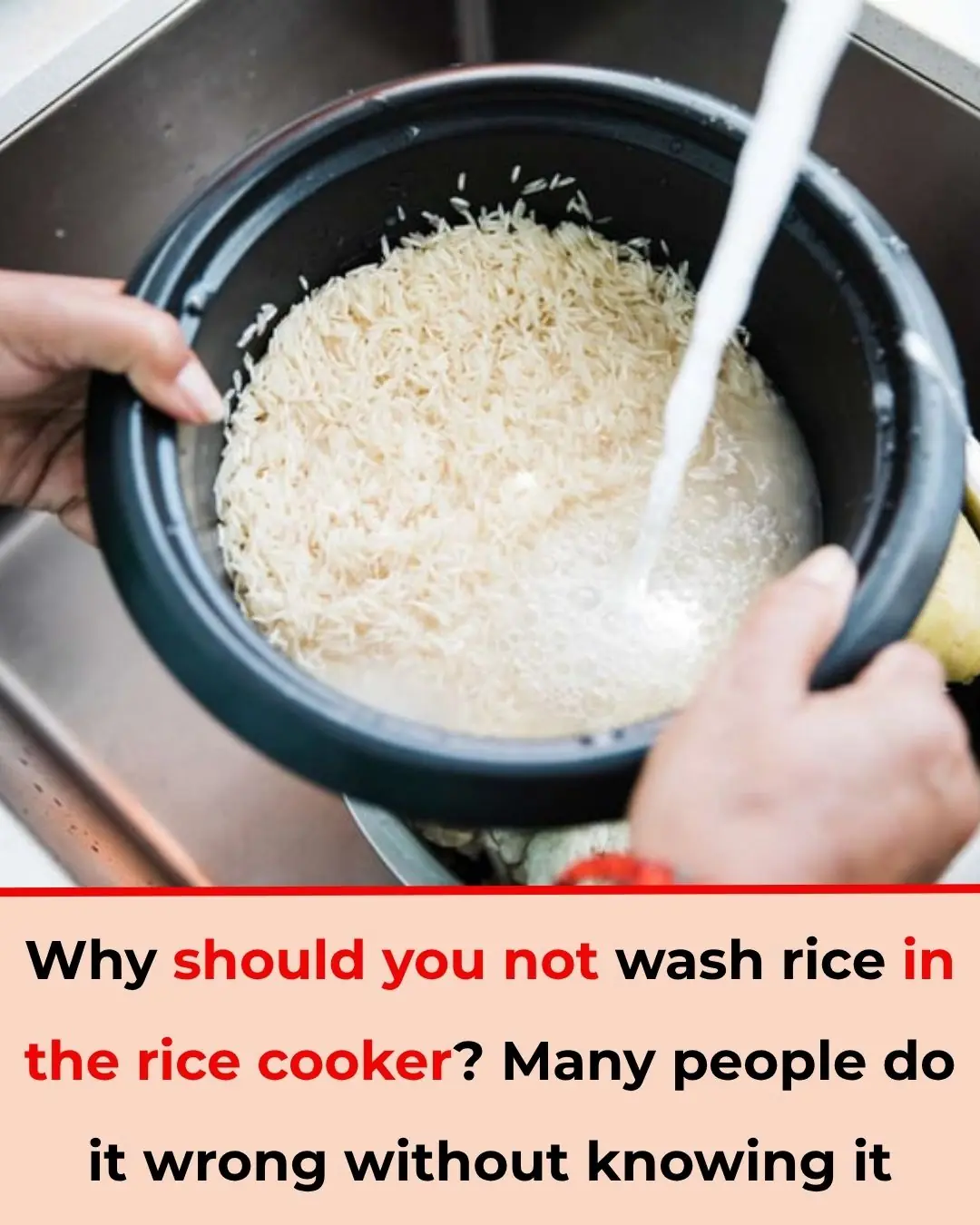
Why You Shouldn’t Wash Rice in the Inner Pot of an Electric Rice Cooker
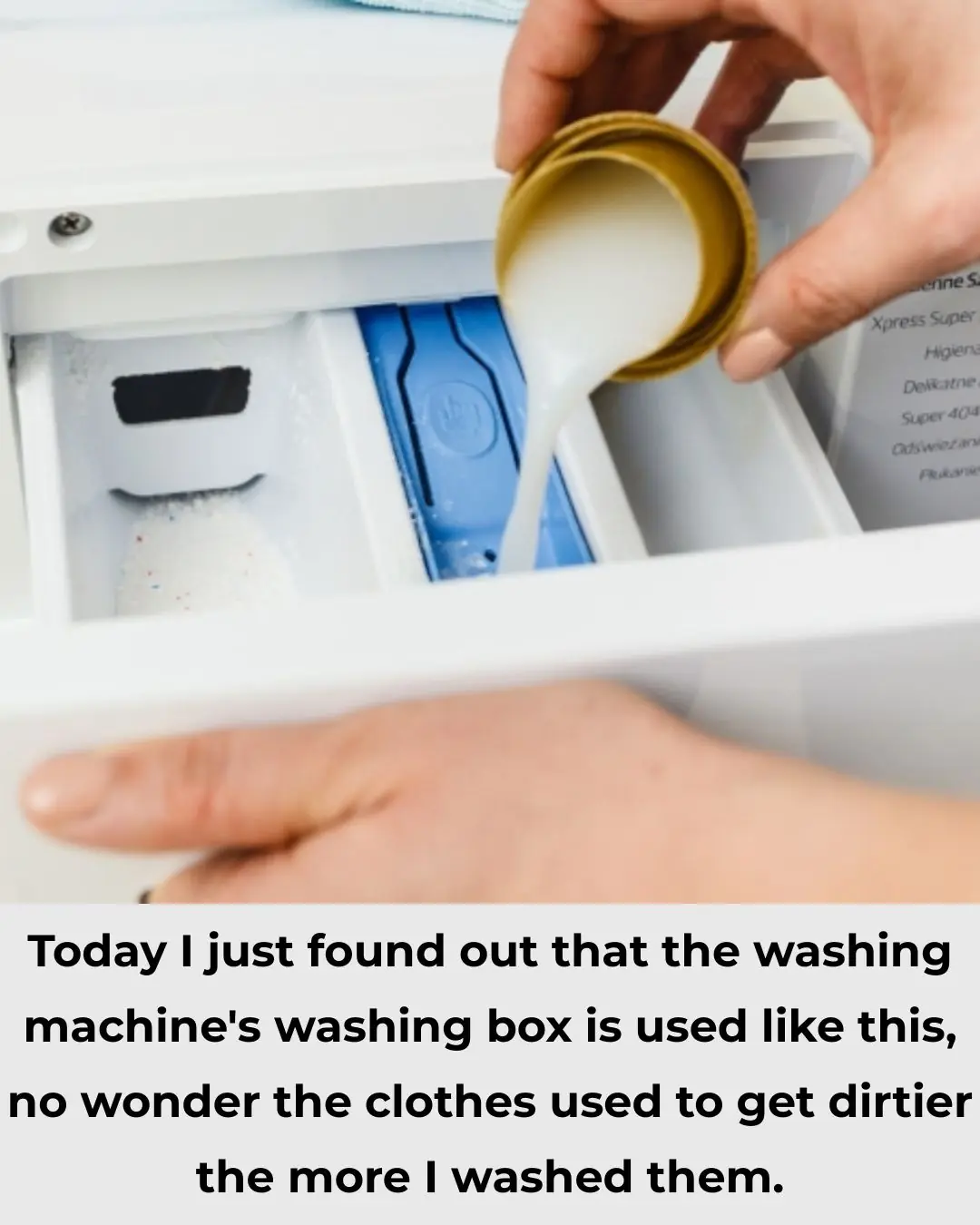
Turns out I've been using it the wrong way for a long time
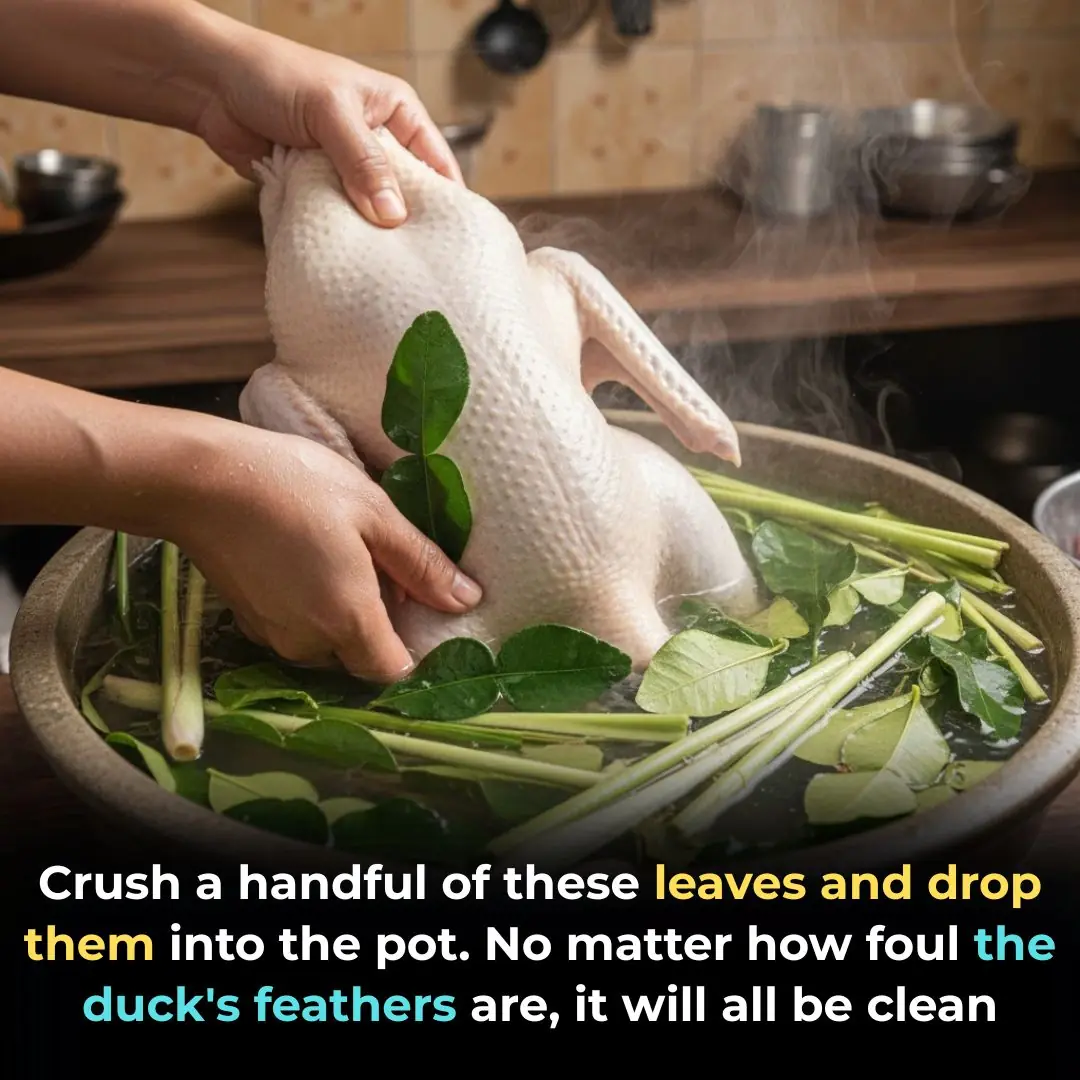
Crush a handful of these leaves and drop them into the pot.
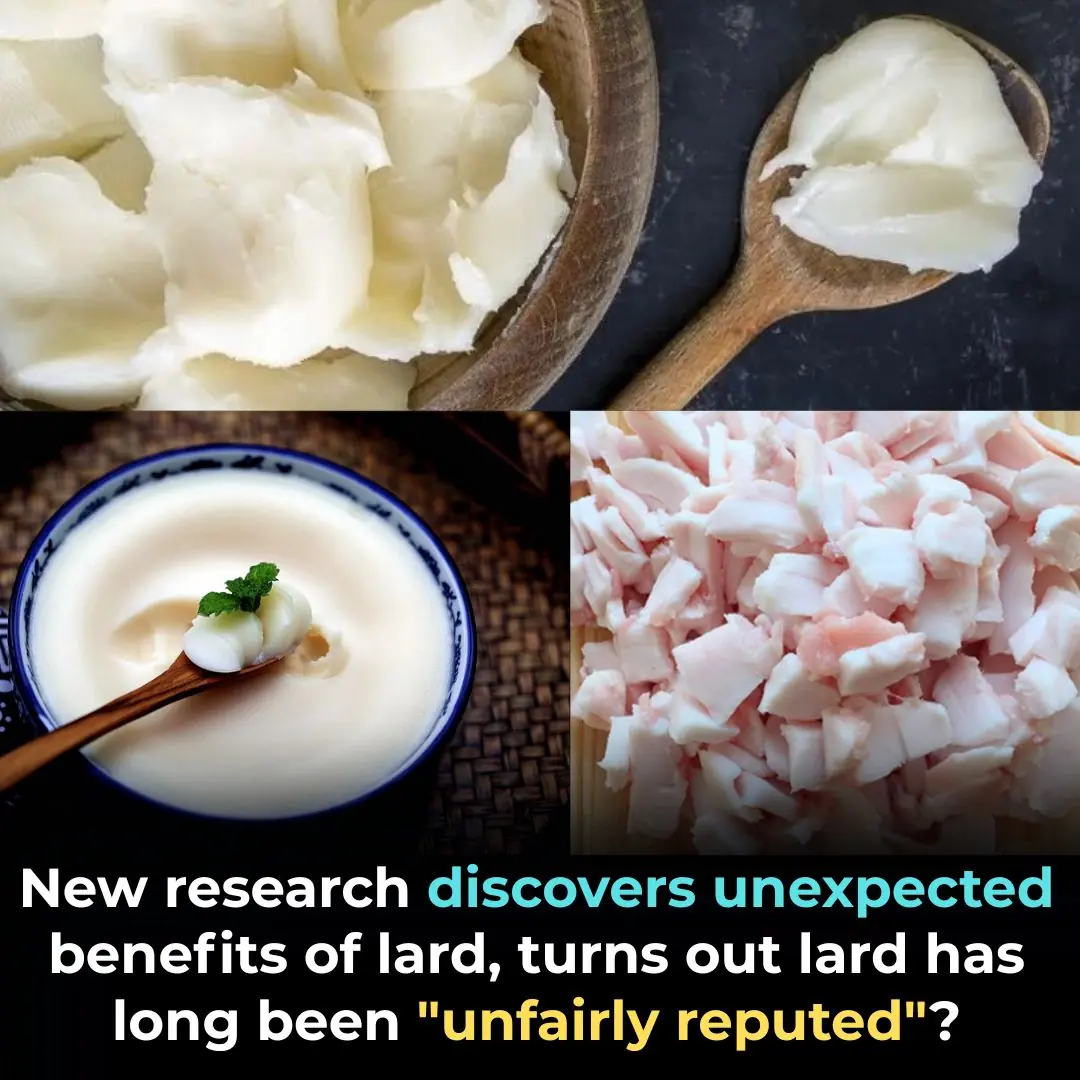
New research discovers unexpected benefits of lard

Mix banana peel with this and keep it in the corner of the house

The house is full of dust even if cleaned regularly, apply these 3 tips for a whole week and the house will still be clean
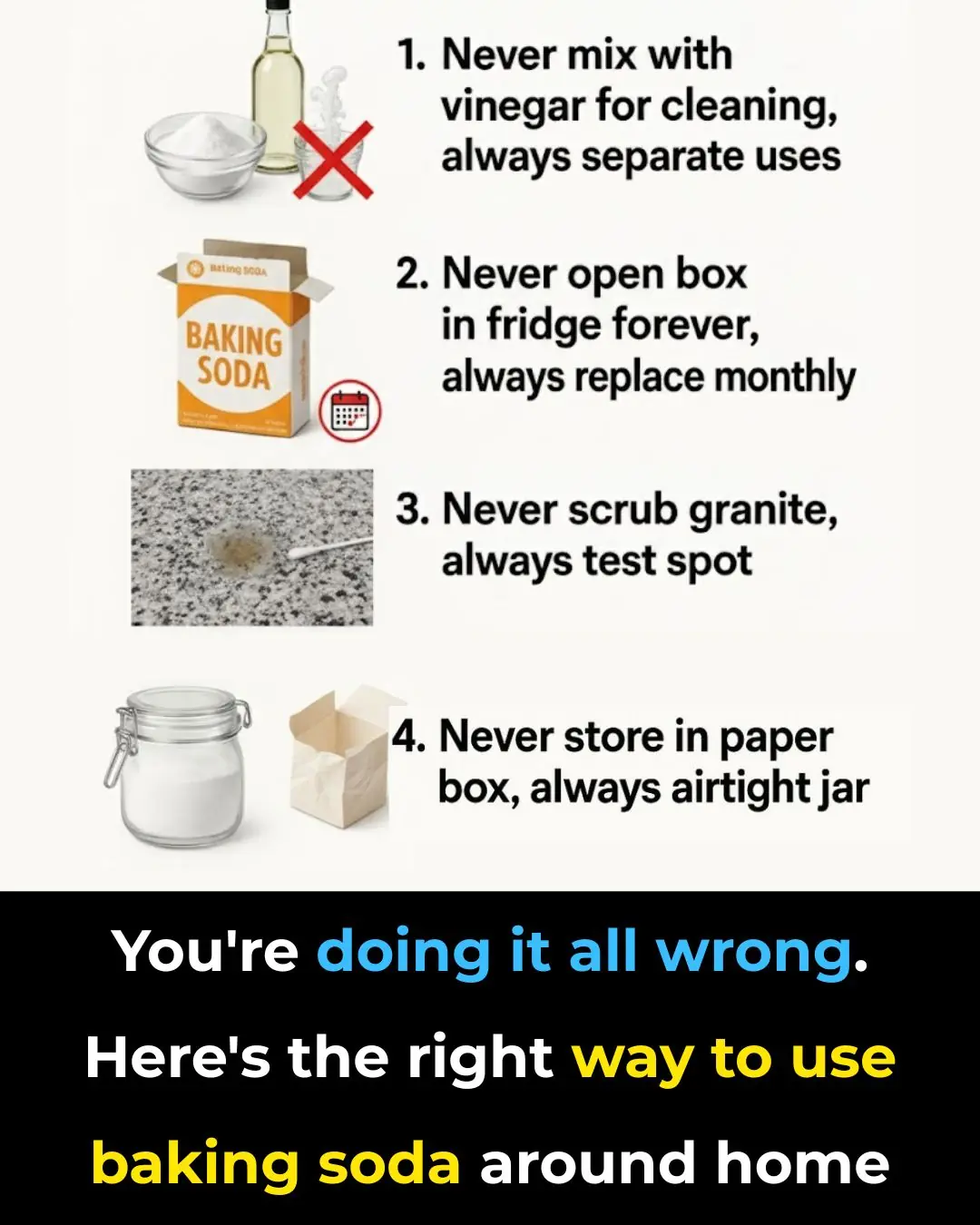
You’re doing it all wrong. Here’s the right way to use baking soda around home
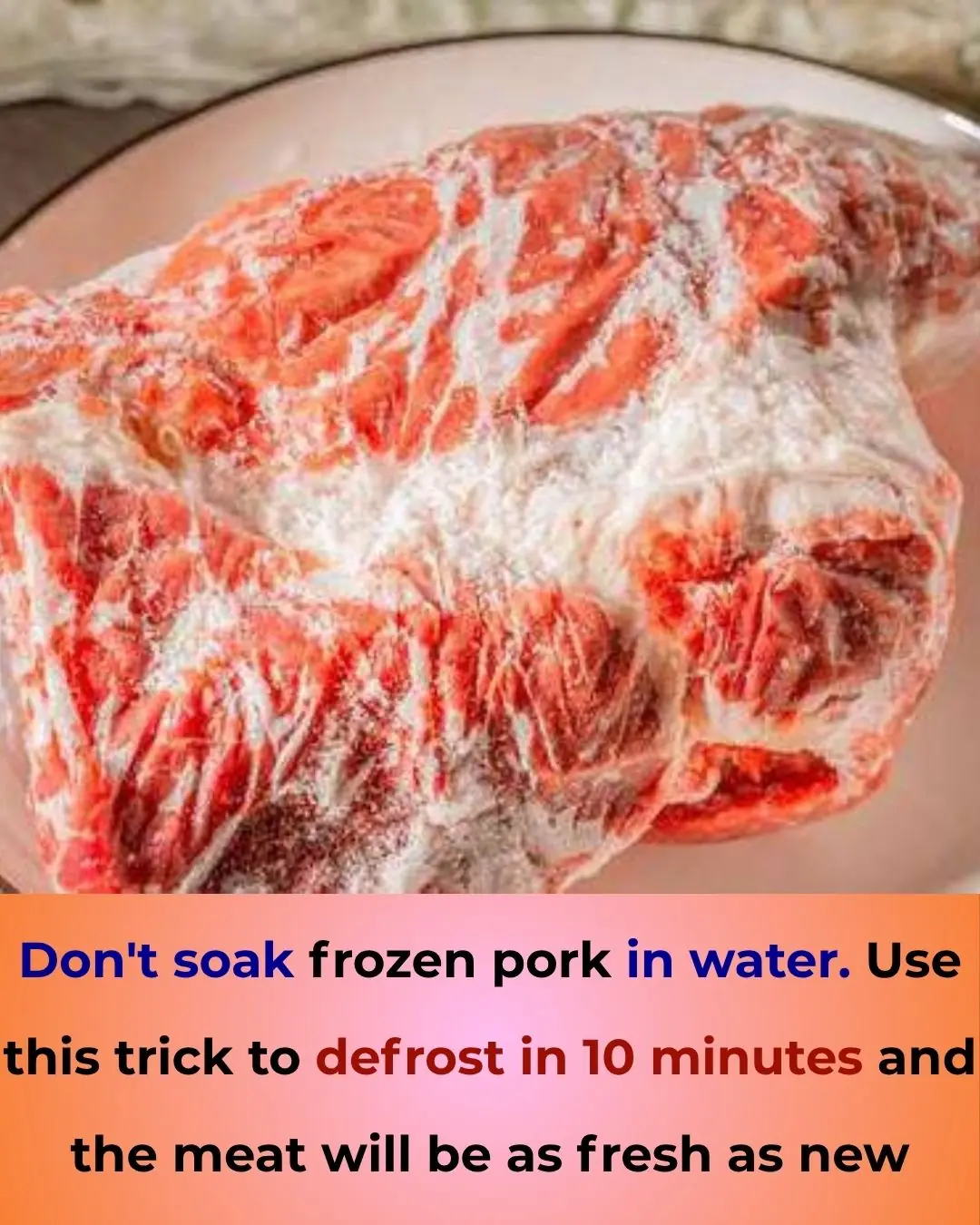
Don’t Soak Frozen Pork in Water — Try This 10-Minute Thawing Trick for Fresh, Tender Meat

Hotel Room Red Flags You Should Never Ignore

🔌 3 Mistakes to Avoid When Charging Your Phone — And How to Extend Its Life

You’re doing it all wrong. Here’s the right way to clean air vents

You’re doing it all wrong. Here’s the right way to wash pillows

Wow, I never knew this!
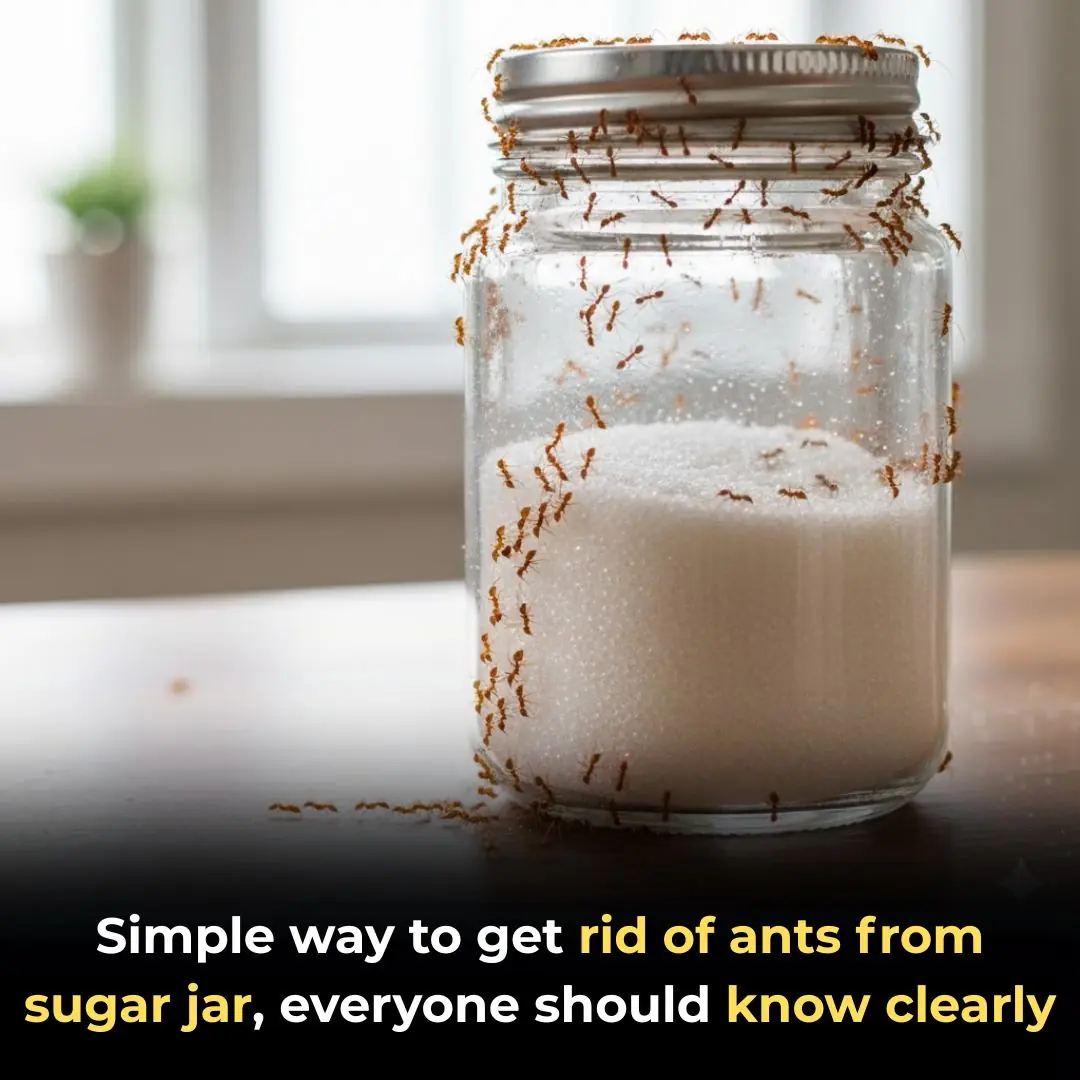
Simple way to get rid of ants from sugar jar, everyone should know clearly

Put the entire roll of toilet paper in the refrigerator

Serrated Leaf Motherwort: A Precious Herb with Many Benefits

Banana flowers and their little-known uses
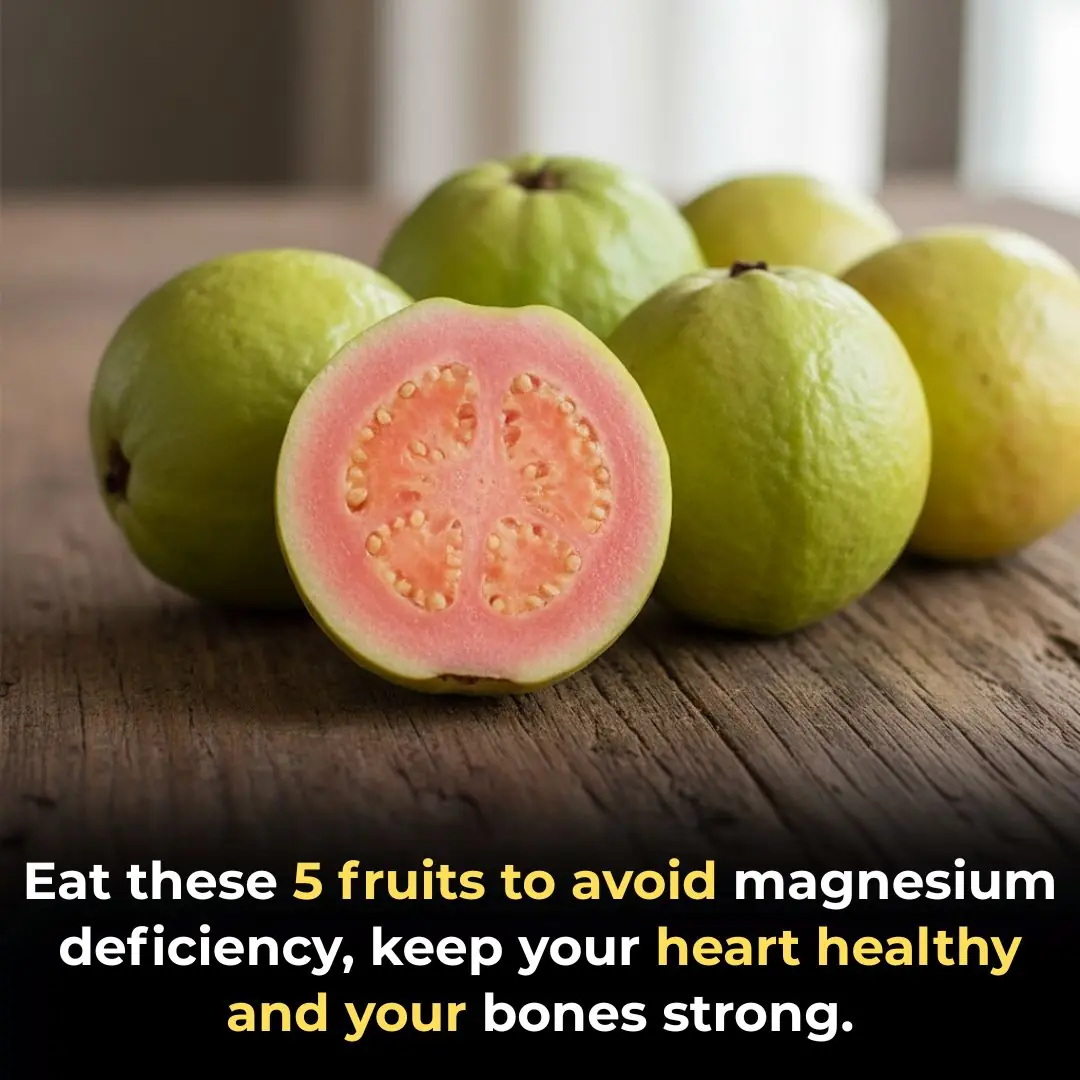
Eat these 5 fruits to avoid magnesium deficiency, keep your heart healthy and your bones strong.
News Post

The #1 Food to Unclog Your Arteries Naturally

Could This Vibrant Beetroot Lip Balm Be Your Secret to Soft, Rosy Lips?

6 Everyday Foods That Can Help Relieve Common Health Symptoms — According to Science

This Homemade Coffee & Turmeric Eye Cream Will Erase Your Dark Circles
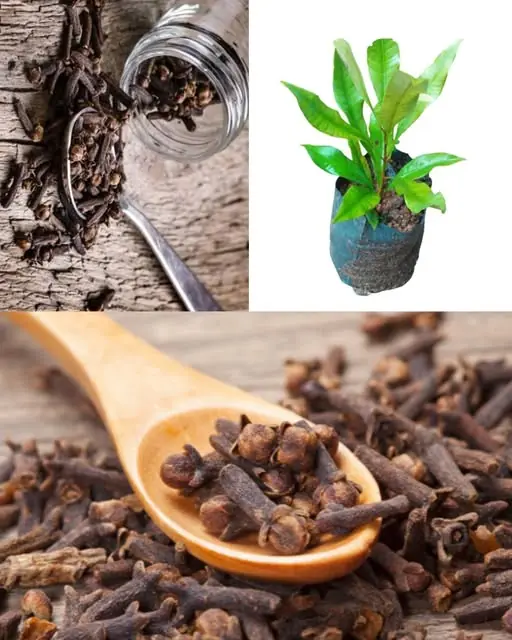
How to grow clove plant at home – from seed to spice

7 Benefits Of Papaya Seeds & How To Consume Them Correctly

Chanca Piedra (Stonebreaker): Benefits and Uses

Nerve damage? 6 best oils to help repair your nerves
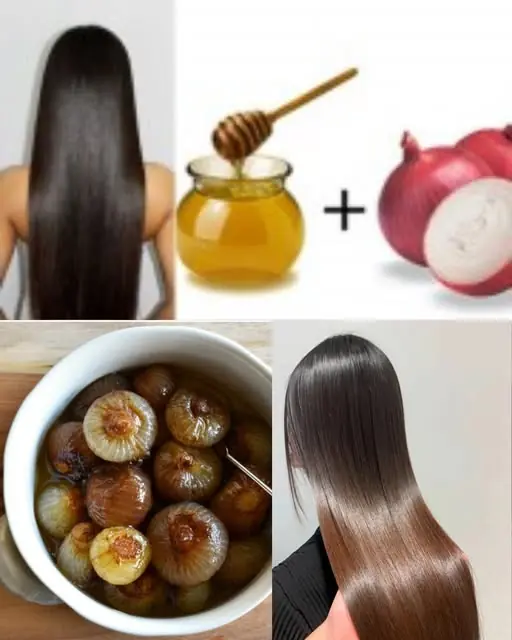
Red Onion for Hair Growth: How This Overlooked Natural Remedy Can Stop Hair Fall and Boost Thickness Fast

Banana and Coffee: Powerful combination with surprising benefits
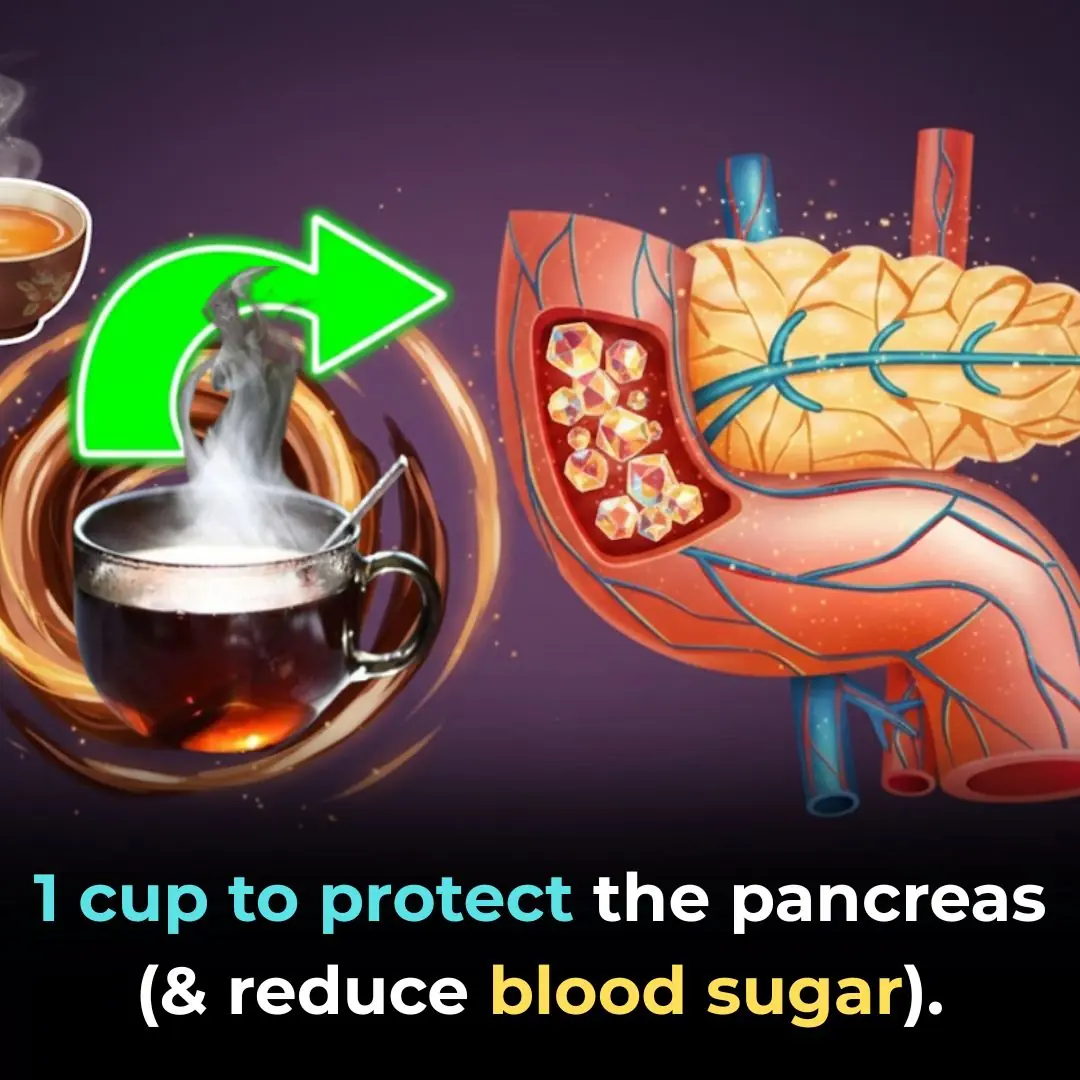
1 cup to protect the pancreas (and reduce blood sugar)

Manraj’s Journey: A Brave Little Fighter Who Beat Cancer

The Day Rick Swope Saved Jo-Jo the Chimp: A Heroic Act of Compassion

A Dramatic Rescue: The Courageous Effort to Save a Mother and Calf Elephant in Thailand

The Orange Cat and the Bears: A Friendship You Have to See to Believe

Little-known wonderful uses of baking soda in gardening

Remembering Tim Franklin: A Husband, Father, and Friend Who Loved With His Whole Heart

Abused Genius Turns King: The Lost Experiment That Became Legend of the Jungle

Why You Shouldn’t Wash Rice in the Inner Pot of an Electric Rice Cooker
